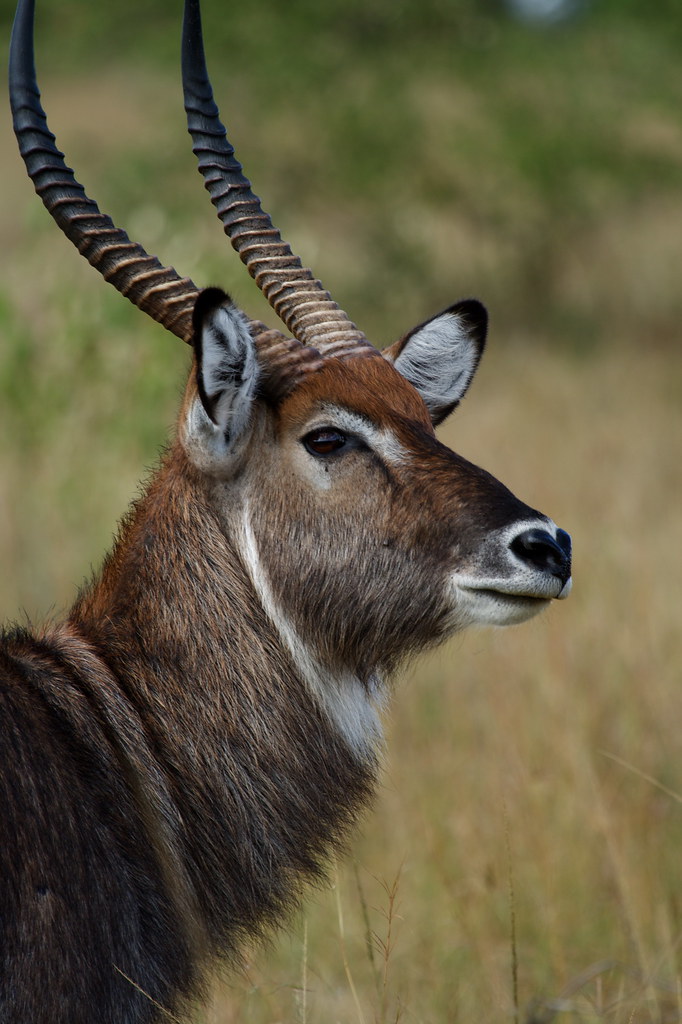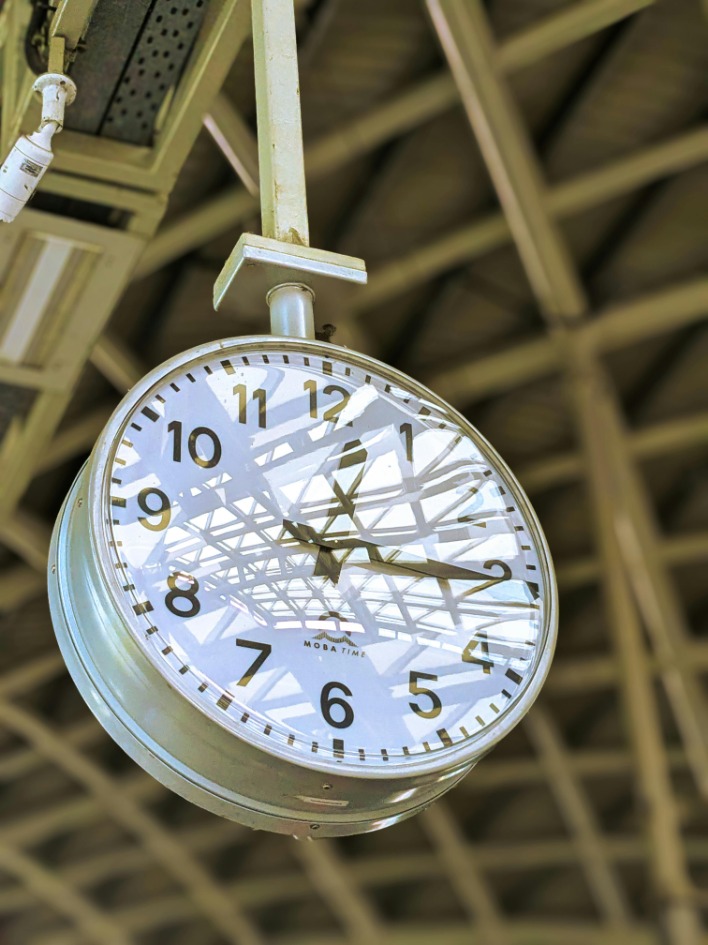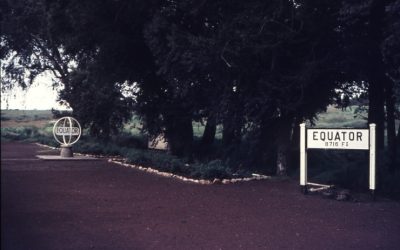Best Time to Visit Kenya Based on Weather
Kenya, renowned for its stunning landscapes and abundant wildlife, offers ideal visiting conditions depending on the weather. Understanding the best time to go to Kenya can enhance your experience, whether you seek to witness the Great Migration, enjoy outdoor adventures, or relax in luxury lodges. Generally, the country’s climate varies across regions and seasons, making it important to plan your trip around the most suitable weather conditions for your activities.
Dry Season (June to October)
The best time to visit Kenya is during the dry season, which extends from June to October. During these months, the weather is typically sunny and dry, making it ideal for wildlife safaris and outdoor activities. The clear skies and minimal rainfall improve visibility for game viewing, especially in popular national parks such as Maasai Mara, Amboseli, and Tsavo. Additionally, this period coincides with the annual wildebeest migration in Maasai Mara, offering travelers a spectacular natural spectacle. Visiting during the dry season ensures comfortable temperatures and better chances of spotting wildlife, making it the optimal time for a memorable Kenyan adventure.
Wet Season (November to May)
The best time to visit Kenya considering the weather is during the dry season, which typically falls from June to October. However, if you prefer to experience the lush landscapes and vibrant wildlife during the wet season, the period from November to May offers a unique and rewarding experience.
During the wet season, Kenya’s scenery becomes incredibly lush and green, making it an excellent time for photography and enjoying the vibrant natural environment. This period is also less crowded, providing a more exclusive safari experience. Although some roads may be muddy and certain parks may be less accessible immediately after heavy rains, the overall weather remains mild with warm temperatures and frequent, short rains that usually do not hinder travel plans.
Additionally, the wet season is a great time for birdwatching, as many migratory species arrive, and for witnessing birth seasons of animals, adding to the spectacle of wildlife migration and interaction. Pricing for accommodations and tours may also be lower, making it a more economical choice for travelers.
Overall, if you don’t mind the occasional rain and want to enjoy a greener, more peaceful Kenya, visiting between November and May can be an excellent choice, especially in the shoulder months of November, April, and May when the rains are lighter.
Optimal Months for Wildlife Viewing
Kenya offers some of the most spectacular wildlife viewing opportunities, and choosing the optimal months to visit can enhance your experience. Different seasons bring unique sightings and weather conditions, making certain times of the year particularly ideal for observing diverse animal species. Planning your trip around these peak periods ensures an unforgettable adventure in this iconic safari destination.
June to October
For the best wildlife viewing experience in Kenya, the optimal months are from June to October. During this period, the weather is generally dry and wildlife congregates around water sources, making animals more visible and easier to observe. The dry season also coincides with the Great Migration, when millions of wildebeest, zebras, and other animals move across the Serengeti and Maasai Mara, offering spectacular viewing opportunities. Visiting during these months increases your chances of witnessing incredible wildlife behavior and national parks at their most vibrant and accessible.
December to March
The months from December to March are considered among the best times to visit Kenya for wildlife viewing. During this period, the weather is generally dry and stable, making it ideal for spotting animals across various parks and reserves.

- Wildlife Concentration: Animal congregations around water sources are at their peak, increasing your chances of sightings.
- Migration Patterns: The Great Migration begins to move into the Maasai Mara, offering spectacular river crossings and large herds.
- Weather Conditions: Clear skies and minimal rainfall create excellent viewing conditions and photography opportunities.
- Birdwatching: The dry season attracts numerous bird species, making it a prime time for bird enthusiasts.
- Festive Atmosphere: The holiday season in December adds a vibrant cultural experience to your safari adventure.
Best Time for Bird Watching
The best time to go bird watching in Kenya depends on the seasons and migration patterns, offering enthusiasts a wonderful opportunity to observe a diverse array of bird species. Typically, the ideal period is during the dry seasons, when birds are more easily spotted around water sources and throughout national parks. Planning your visit during these times ensures a richer and more rewarding bird-watching experience amidst Kenya’s breathtaking landscapes.
September to April
The best time for bird watching in Kenya is from September to April, when the diverse avian species are most active and visible. This period offers ideal conditions for enthusiasts to observe a wide variety of birds across different habitats, including wetlands, savannas, and forests.
- During these months, many migratory birds arrive in Kenya, increasing the variety of species available for viewing.
- October to April coincides with the dry season in many parts of Kenya, making bird sightings easier as animals congregate around water sources.
- This period also aligns with the breeding season for numerous native bird species, providing unique opportunities to witness their nesting behaviors.
- Optimal months for bird watching often include October, November, and March, when weather conditions are favorable and bird activity peaks.
High Travel Seasons in Kenya
Kenya’s high travel seasons are the periods when the country experiences a surge of visitors eager to explore its incredible wildlife and stunning landscapes. These peak times are influenced by weather patterns, herd migrations, and holiday periods, making them ideal for safaris and outdoor adventures. Understanding the high travel seasons can help travelers plan the perfect trip to Kenya for an unforgettable experience.
Wildlife Migration Periods
The best time to visit Kenya largely depends on your interests, especially whether you want to experience the vibrant wildlife migrations or enjoy the country’s high travel seasons. Kenya’s peak tourist seasons are generally during the dry months, from July to October, and around the holiday periods in December and January. These times offer optimal wildlife viewing opportunities, as animals congregate near water sources, making them easier to spot.
In terms of wildlife migration, the most famous period is the Great Migration, which occurs from July to October when millions of wildebeest, zebras, and other herbivores traverse the Serengeti and Masai Mara ecosystems. This is considered one of the most spectacular natural events in the world, attracting many visitors eager to witness the dramatic river crossings and large herds.
Understanding these high travel seasons and migration periods can help travelers plan their trips to Kenya for the best wildlife experiences and to avoid the crowds if preferred. Visiting during the shoulder seasons, such as April and May, can also offer fewer tourists and some travel discounts, although wildlife sightings may be less predictable due to the rainy season.
Holidays and Festivals
The best time to visit Kenya depends largely on the travel season, holidays, and festivals you wish to experience. Understanding the high travel seasons and major events can help you plan an ideal trip to this diverse country.

High Travel Seasons in Kenya
Kenya experiences peak tourist periods during the Great Migration months, typically from July to October, when millions of wildebeest and zebras traverse the Maasai Mara. This is considered the best time for wildlife viewing. The dry season from June to October also attracts many visitors due to better animal sightings and easier game drives. Additionally, the holiday periods around Christmas and New Year see increased tourist influx, especially in coastal and safari regions.
Holidays and Festivals
- Madaraka Day (June 1): Celebrates Kenya’s independence from colonial rule, marked by national festivities.
- Jamhuri Day (December 12): A major public holiday commemorating Kenya’s independence, with parades and celebrations nationwide.
- Lewa Wildlife Festival (July): An event showcasing conservation efforts and allowing visitors to experience local cultures.
- Lake Turkana Festival (October): Celebrates the culture of the local Turkana people with music, dance, and exhibitions.
- Safari Rally (varies): An international motorsport event attracting enthusiasts during its scheduled season.
Planning your trip around these high seasons and festivals will ensure you experience the best of Kenya’s vibrant wildlife, culture, and celebrations.
Low Season Travel Advantages
Traveling to Kenya during the low season offers numerous advantages for travelers seeking a unique and affordable safari experience. During this period, visitors can enjoy fewer crowds, more flexible bookings, and better deals on accommodations and tours. Additionally, the lush landscapes and abundant wildlife sightings create unforgettable adventures off the beaten path, making it an ideal time to explore Kenya’s breathtaking natural beauty.
Fewer Crowds
Traveling to Kenya during the low season offers several advantages for visitors seeking a more peaceful and budget-friendly experience. With fewer tourists around, you can enjoy popular attractions and wildlife safaris without the usual crowds, making it easier to capture photos and have a more intimate connection with nature. Additionally, accommodations and tour prices tend to be lower during this time, allowing travelers to make the most of their budget. The reduced congestion also means better opportunities for personalized tours and exploring less-visited areas, enhancing the overall adventure in Kenya.
Lower Prices
Traveling to Kenya during the low season offers several advantages, making it an ideal time for many travelers. One of the primary benefits is significantly lower prices for accommodations, flights, and tours, which allows visitors to experience more within their budget. Additionally, popular attractions are less crowded, providing a more peaceful and intimate experience with nature and wildlife. The lower season often means less competition for safari game drives, increasing the chances of spotting wildlife. Moreover, traveling during this time can lead to more personalized service from guides and staff, as tourism businesses are less busy. Overall, visiting Kenya in the low season can be a rewarding and cost-effective way to enjoy the country’s stunning landscapes and diverse wildlife.”
Special Events and Festivals to Consider
Kenya is a vibrant country known for its colorful festivals and unique special events that showcase its rich culture and history. Planning a visit to Kenya can be even more memorable by timing your trip around these exciting celebrations. From lively cultural festivals to thrilling wildlife events, understanding the best time to experience these occasions will enhance your travel adventure and allow you to immerse yourself in the local traditions.
Migration of the Wildebeest
The migration of the wildebeest is one of the most spectacular wildlife events to consider when planning your visit to Kenya. This incredible natural phenomenon involves millions of wildebeest, zebras, and other animals moving in a circular route across the Serengeti and Maasai Mara ecosystems, following seasonal rains and fresh grazing opportunities.
Witnessing the wildebeest migration typically peaks between July and October, when the herds cross the Mara River, creating dramatic scenes and unparalleled wildlife viewing experiences. This period is considered the best time to visit Kenya for those eager to experience this awe-inspiring event and enjoy vibrant festivals celebrating local culture and the natural spectacle.
Participating in or observing these migrations and festivals not only enhances your travel experience but also provides insights into the remarkable biodiversity and cultural richness of Kenya. Planning your trip around these special events ensures an unforgettable adventure in one of Africa’s most iconic destinations.
Great Migration Tours
The best time to visit Kenya is often influenced by special events and festivals that showcase the country’s rich culture and natural beauty. Great Migration Tours, which occur annually between July and October, offer a spectacular view of the incredible movement of over a million wildebeest, zebras, and other animals across the Serengeti and Maasai Mara. Planning your trip to coincide with these events allows travelers to witness one of nature’s most awe-inspiring spectacles. Additionally, visiting during colorful festivals such as the Lamu Cultural Festival or the Maasai Mara Festival provides an immersive experience into Kenya’s vibrant traditions and community celebrations. Timing your visit around these special events not only enhances your safari adventure but also offers a deeper understanding of Kenya’s diverse heritage.





0 Comments